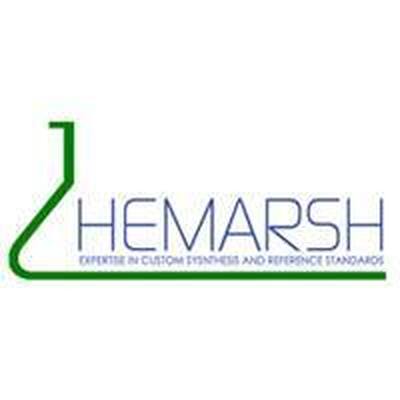The Art of Creating Custom Reference Standards: A Key to Analytical Success
الجسم
The creation of custom reference standards plays a crucial role in analytical chemistry, providing a foundation for accurate and reliable measurements. Reference standards serve as benchmarks against which the quality, identity, and quantity of analytes can be assessed. The art of creating custom reference standards requires a systematic approach, attention to detail, and adherence to established guidelines. By following these principles, analytical chemists can ensure
the success of their analytical methods and measurements.
- Define the Purpose and Scope: Before creating a custom reference standard, it is essential to clearly define the purpose and scope of the standard. This involves determining the analyte(s) of interest, the intended concentration range, and any specific properties or characteristics required for the standard. Understanding the application and analytical requirements will guide the entire process.
- Establish Traceability and Accuracy: Traceability is a fundamental aspect of reference standards. Traceability ensures that the measurements made using the custom standard can be linked back to internationally recognized measurement systems. Therefore, it is crucial to establish a traceability chain by referencing recognized standards, such as those provided by national metrology institutes. Accuracy is also paramount, and the custom reference standard should be prepared with the highest level of accuracy achievable within the available resources.
- Select the Matrix: The matrix refers to the environment or medium in which the analyte is present. It could be a liquid, solid, gas, or complex matrix such as biological fluids or environmental samples. Selecting an appropriate matrix that closely resembles the sample being analyzed is critical for accurate calibration. The matrix should be stable, well-characterized, and free from interfering substances that could affect the measurement of the analyte.
- Choose the Analytical Technique: The choice of analytical technique is dependent on the nature of the analyte and the specific requirements of the analysis. Various techniques, such as spectroscopy, chromatography, titration, or gravimetry, may be suitable for different analytes. The chosen technique should provide adequate sensitivity, selectivity, precision, and accuracy for the intended purpose.
- Preparation of the Custom Reference Standard: The preparation of a custom reference standard involves accurately weighing or measuring the analyte and adding it to the selected matrix in the desired concentration. Care must be taken to ensure proper mixing, homogeneity, and stability of the standard. It is important to document all steps and calculations involved in the preparation process to ensure reproducibility and traceability.
- Characterization and Validation: Custom reference standards must be thoroughly characterized and validated to ensure their suitability for the intended application. This includes assessing stability, purity, homogeneity, and long-term storage conditions. Analytical techniques, such as spectroscopic methods, chromatography, or certified reference materials, can be employed to validate the concentration and identity of the analyte in the custom standard.
- Documentation and Storage: Proper documentation is vital to ensure reproducibility and traceability of the custom reference standard. Detailed records should be kept, including information on the preparation procedure, calculations, validation data, and storage conditions. It is important to store the custom standard under appropriate conditions, such as temperature, light, and humidity, to maintain its stability and integrity.
- Periodic Re-evaluation: Custom reference standards should be periodically re-evaluated to confirm their stability, accuracy, and traceability. The stability of the standard over time should be monitored to identify any degradation or changes in concentration. Re-evaluation may involve comparing the custom standard against a higher-order reference standard or using proficiency testing programs to assess its accuracy.
By following these guidelines, the art of creating custom reference standards can be mastered, leading to reliable and accurate analytical measurements. Custom reference standards serve as invaluable tools for calibration, quality control, method development, and ensuring the integrity of analytical data.










تعليقات